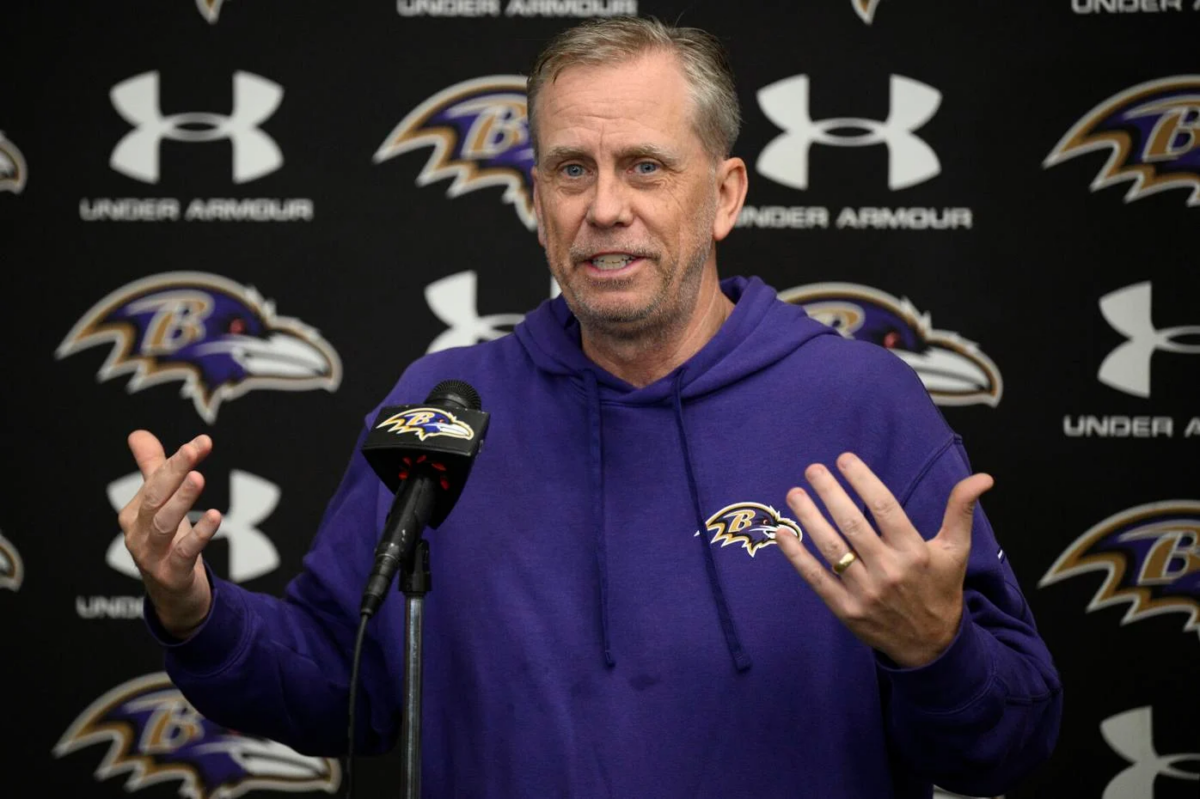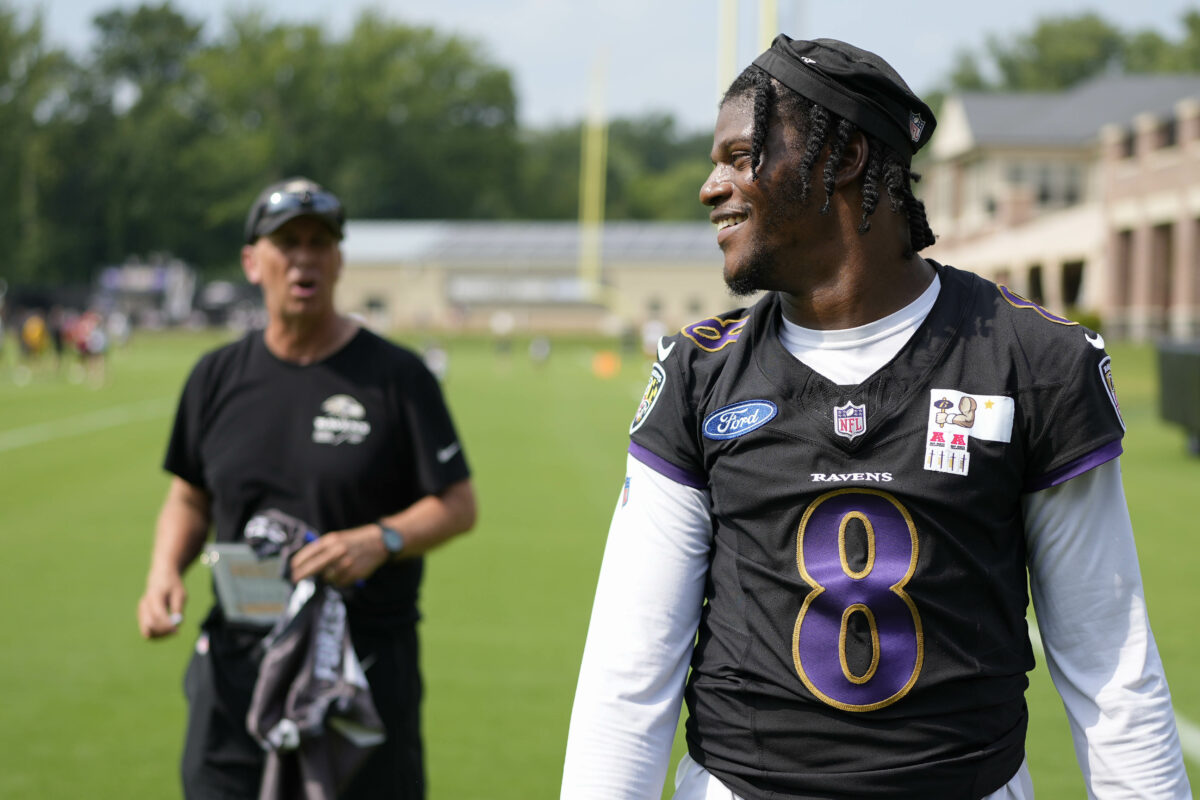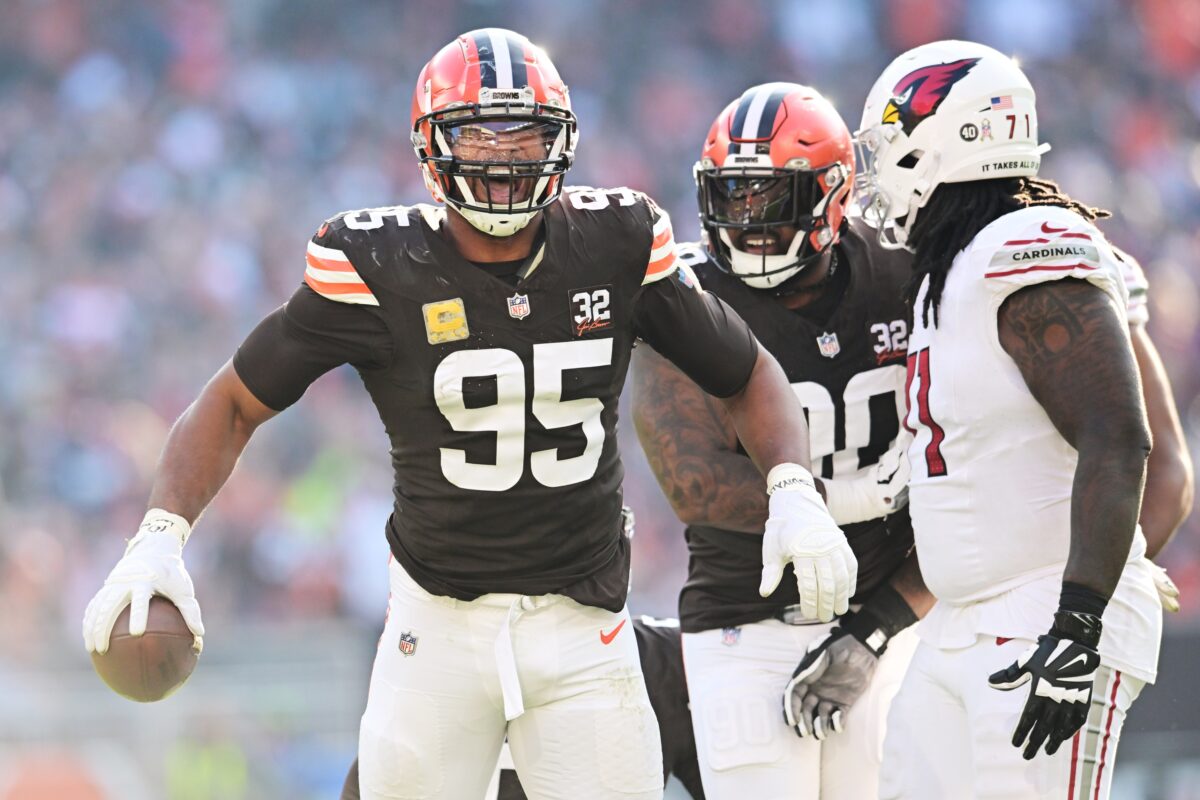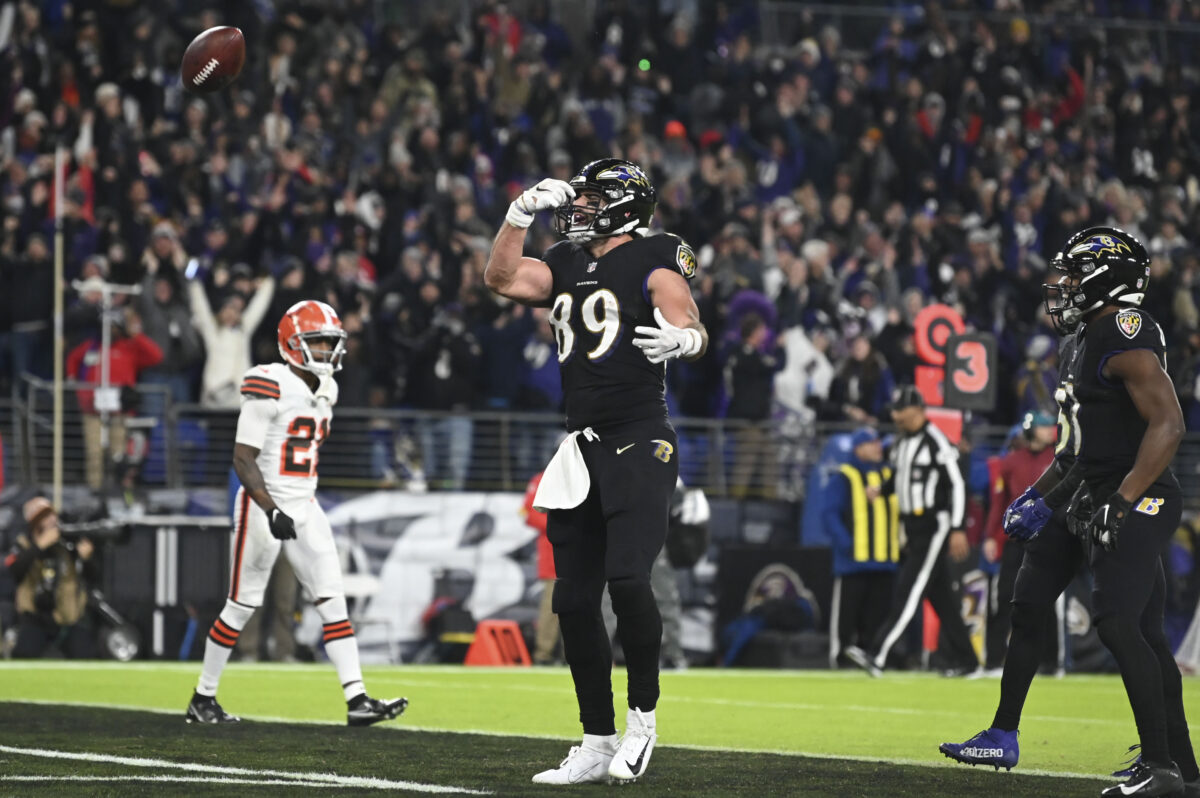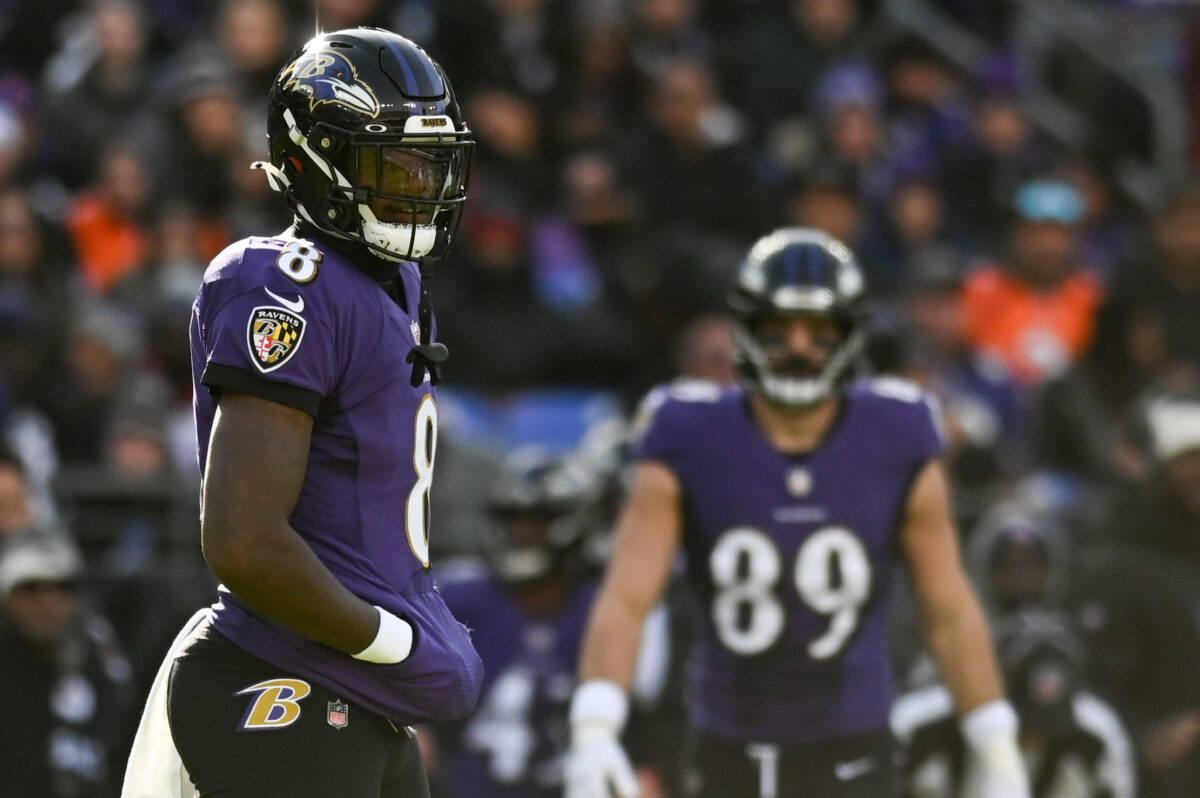As a constant threat to sustain long drives and put up points, the Ravens’ offense forces opponents to become one dimensional early
The Baltimore Ravens had yet another less than perfect game, this time beating the New York Jets 42-21 in Week 15. If you were unable to watch the game, you’re likely confused on how a three-touchdown margin-of-victory is considered anything but stellar. But for a Baltimore squad that has gotten accustomed to blowing out really good teams, a few major lapses elsewhere against a bad team could be a cause for concern.
Yet, with two games remaining for the Ravens, a pattern has emerged: Like quicksand, Baltimore’s potential offensive production causes opponents to panic and fight against their own best interests. Against the Jets, the Ravens’ offense got out to a significant enough lead to force New York to alter their gameplan pretty quickly.
The prime example of this came in the second quarter. Up 21-7, the Jets felt they had to go for it on 4th-and-1 deep in Baltimore territory (seven-yard line) instead of settling for a chipshot field goal right before halftime. A key stop turned the ball over on downs and ultimately saved the Ravens’ defense from giving up any points at the end of a 13-play, 67-yard drive. It wouldn’t be the deciding factor in a blowout game like this but it’s a compounding issue that helps out Baltimore’s defense, which has been spotty at times this season.
Running back Le’Veon Bell led a first-half rushing attack that gained 61 yards on just 14 attempts. But up by two scores, the Jets abandoned the run, attempting just nine carries in the entire second half. What had gashed the Ravens’ defense in the first half and helped New York sustain drives was an afterthought because they felt pressured to put up quick points.
Sam Darnold had a 60% completion rate in the first half for 6.9 yards-per-attempt. But down by just 14 points, New York ended up repeatedly going to the air in an effort to convert key 3rd-and-short downs, leading to a 50% completion rate and 6.6 yards-per-attempt in the second half. In turn, Baltimore could sit back in coverage and send extra pressure at Darnold, knowing the Jets would lose their run-to-pass balance in an effort to keep pace.
We’ve seen this happen repeatedly over Baltimore’s 10-game winning streak. The offense gets out to a double-digit lead and their opponent gets panicked — attempting more deep throws and gambling on fourth downs. The Ravens’ offense ends up making their opponents one dimensional simply by pressuring them to keep pace, regardless of how the defense is playing. The end result is Baltimore has allowed opponents to convert just 47-of-127 (37%) third downs since Week 5.
You know what they say: “The best defense is a good offense.” And Baltimore seemingly takes that to heart with an offense that is gutsy, going for it on fourth downs 21 times this season and converting on 16 (76.2%) of them. Converting that often has also helped the Ravens control the ball nearly 8.5 minutes-per-game more often than their opponents this season, at times wiping out nearly an entire quarter on a single drive by themselves. Once again, the notion that Baltimore could play keep-away for that long puts added pressure on their opponents to make the most of every drive.
Against the Jets, the Ravens played a sloppy game on defense and special teams. They allowed large completions of 41 (twice), 31 and 18 yards on defense while giving up a 4.3 yard-per-carry average on the ground. New York routinely had great field position to start drives thanks to poor return coverage. The punt unit actually gifted the Jets eight of their 21 points with a block and return for a touchdown deep in Baltimore territory. Yet, in spite of everything going wrong for the Ravens elsewhere, that pressure of an offense that averages 33.7 points-per-game saw New York play stupid football too many times. Like quicksand, it forced the Jets to fight against themselves and sink further into the pit to the point no mistake by Baltimore could put New York back in the game.
As Baltimore looks towards the postseason, they’ll need better play from their defense and special teams units and I’d expect the Ravens’ coaching staff to ensure that happens. But by Baltimore forcing opponents to play their brand of football, the Ravens are in good shape for a Super Bowl run.
[vertical-gallery id=39000]
